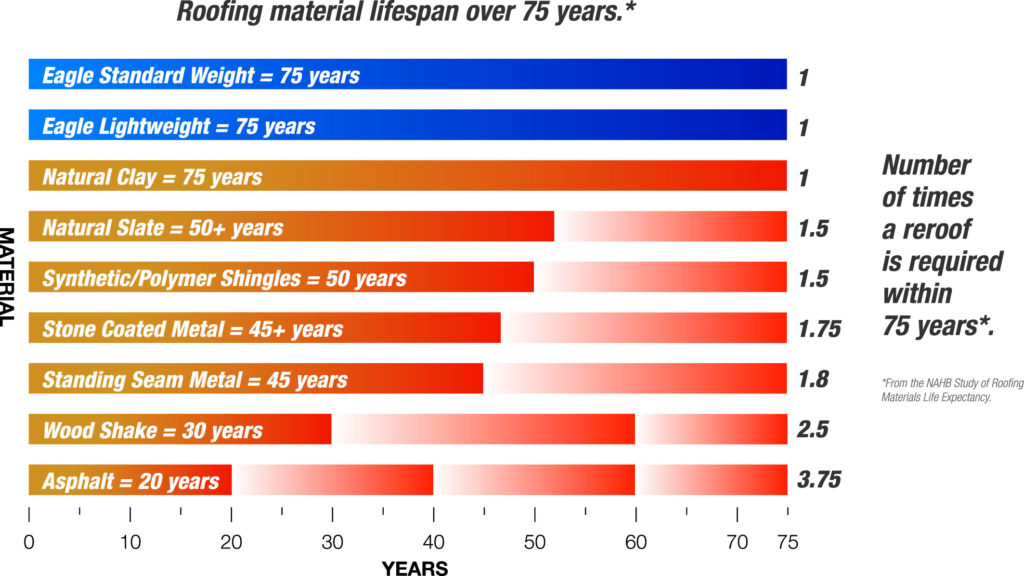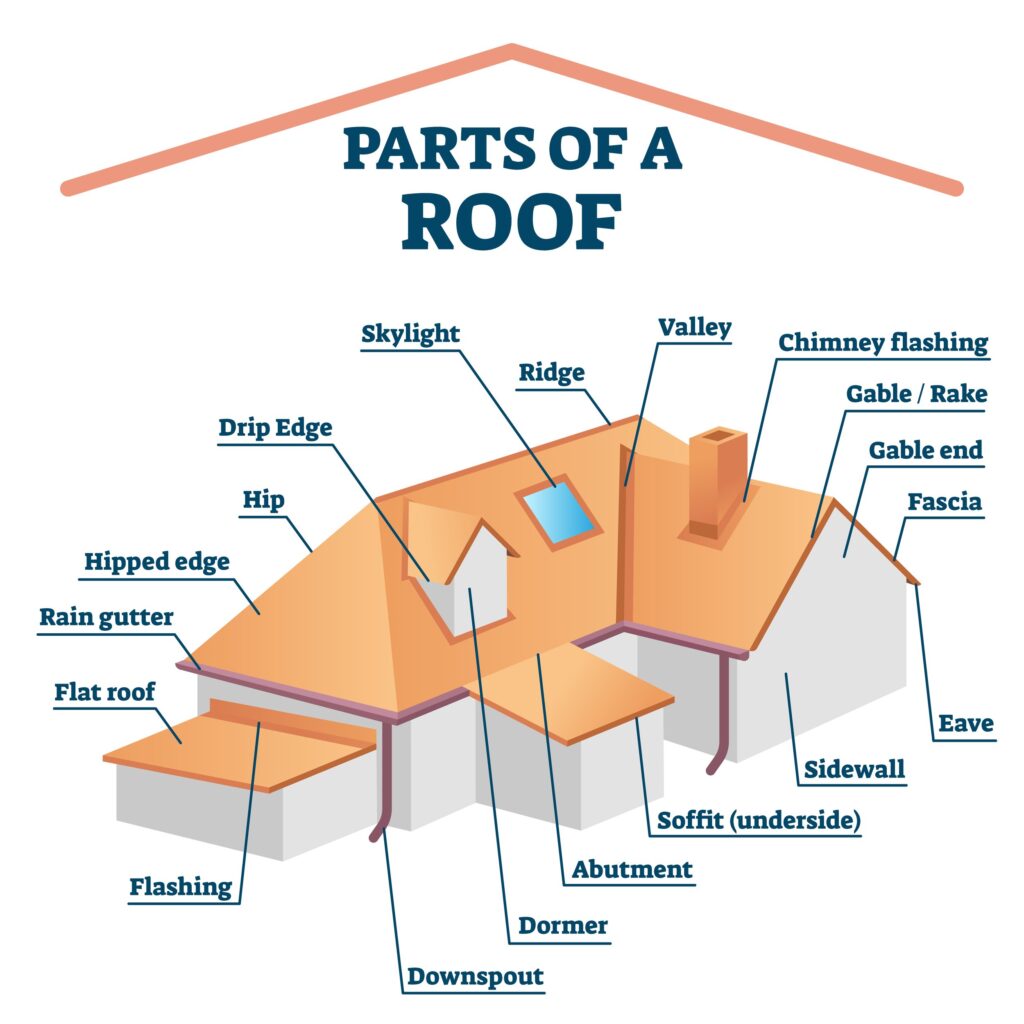Are you in the midst of choosing a new roof color and wondering which one will stand the test of time? Well, look no further! In this article, we will explore the different colors of roofs and discover which one is known to last the longest. Whether you’re considering a classic black, a vibrant red, or a calming shade of blue, we’ve got you covered. So let’s dive into the world of roof colors and find out which hue will keep your roof looking great for years to come.
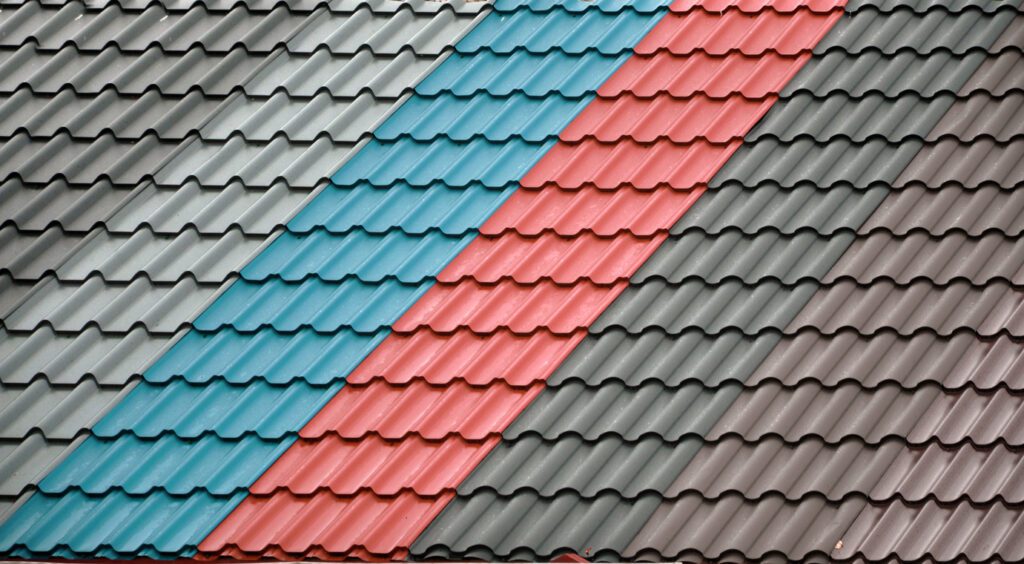

Factors Affecting Roof Longevity
When it comes to the longevity of your roof, there are several important factors to consider. From the type of roofing material to the climate you live in, these factors can greatly impact how long your roof will last. In this article, we will explore the various factors that affect roof longevity and provide valuable information to help you make informed decisions about your roof.
Roofing Material
The choice of roofing material is one of the most significant factors in determining the lifespan of your roof. Different materials have different durability and require varying levels of maintenance. Let’s take a closer look at a few popular roofing materials known for their longevity.
Asphalt Shingles
Asphalt shingles are a common choice for residential roofs due to their affordability and durability. They are available in a wide range of colors and styles, making them a versatile option for homeowners. With proper installation and regular maintenance, asphalt shingles can last anywhere from 15 to 30 years.
Metal Roofing
Metal roofing has become increasingly popular for its exceptional durability and longevity. Whether it’s steel, aluminum, or copper, metal roofing is known to withstand harsh weather conditions and can easily last for 40 to 70 years. Additionally, metal roofs are highly energy-efficient and environmentally friendly.
Slate Roofing
Slate roofing is renowned for its aesthetic appeal and exceptional longevity. Made from natural stone, slate roofs can last for over a century with proper installation and maintenance. While slate roofing is more expensive than other materials, its durability and timeless beauty make it a worthwhile investment for many homeowners.
Concrete Tiles
Concrete tiles offer both durability and affordability, making them a popular choice for various types of roofs. These tiles are available in a wide range of colors, shapes, and styles, allowing homeowners to customize their roofs to match their preferences. With proper care, concrete tile roofs can have a lifespan of up to 50 years.
Clay Tiles
Clay tiles are another long-lasting roofing material that adds elegance and charm to any home. With proper installation and routine maintenance, clay tile roofs can exceed 100 years in lifespan. However, it’s important to note that clay tiles are heavier than other roofing materials and may require additional structural support.


The Impact of Roof Slope
The slope or pitch of the roof also plays a crucial role in determining its longevity. Different slope angles can affect how water drains from the roof, reducing the risk of water damage and prolonging the roof’s lifespan. Let’s explore the impact of different roof slopes on longevity.
Low Slope Roofs
Low slope roofs, also known as flat roofs, have a slope angle of less than 2:12. These roofs require careful installation and effective drainage systems to prevent water from pooling and causing leaks. With proper maintenance, low slope roofs can last for 25 to 30 years or more.
Medium Slope Roofs
Medium slope roofs have a pitch angle ranging from 2:12 to 6:12. These roofs offer a good balance between aesthetic appeal and water drainage. With regular inspections and maintenance, medium slope roofs can last for 30 to 45 years.
Steep Slope Roofs
Steep slope roofs have a pitch angle of greater than 6:12. These roofs are highly effective in shedding water, preventing water damage and reducing the risk of leaks. With proper installation and maintenance, steep slope roofs can last for 40 to 50 years or more.
Climate and Its Effect on Roof Longevity
The climate you live in has a significant impact on the lifespan of your roof. Different climates expose roofs to varying weather conditions, including temperature extremes, humidity, and precipitation. Let’s explore how different climates affect roof longevity.
Hot Climate
In hot climates, roofs are exposed to intense sunlight and high temperatures. These conditions can cause materials to deteriorate more quickly, leading to cracks, warping, or fading. To prolong the lifespan of your roof in a hot climate, consider using materials with high UV resistance and ensuring proper ventilation.
Cold Climate
Cold climates bring freezing temperatures and heavy snowfall. These conditions can cause ice dams and water infiltration, leading to roof damage and leaks. Using materials that are resistant to freezing and have good thermal insulation properties is crucial in cold climates. Regular snow removal and proper insulation can also help extend the lifespan of your roof.
Wet Climate
In wet climates, roofs are exposed to high levels of rainfall and humidity. Excessive moisture can lead to the growth of moss, algae, and mold, which can compromise the integrity of the roof. Choosing materials with good water resistance and regularly inspecting and cleaning the roof can help prevent damage and prolong its lifespan.
Dry Climate
In dry climates, roofs are exposed to intense sunlight and low humidity. These conditions can cause materials to become brittle and susceptible to cracking. Additionally, dust and debris can accumulate on the roof, leading to potential damage. Choosing materials with good heat resistance and regularly cleaning the roof can help mitigate these issues and extend the lifespan.
Extreme Weather Conditions
Areas prone to extreme weather conditions, such as hurricanes, tornadoes, or hailstorms, can significantly impact the lifespan of a roof. High winds, flying debris, and large hailstones can cause severe damage to roofs. Investing in impact-resistant materials and ensuring proper installation and maintenance are crucial in regions with extreme weather conditions.


Sun Exposure and Roof Longevity
Sun exposure is another important factor that affects the lifespan of your roof. The sun’s UV rays and heat can cause materials to deteriorate over time. Let’s explore how sun exposure impacts roof longevity and what you can do to mitigate its effects.
UV Rays
The sun’s UV rays can cause roofing materials to degrade, resulting in cracking, fading, or warping. Choosing materials with high UV resistance, such as metal roofing or certain types of shingles, can help mitigate the impact of UV rays and extend the lifespan of your roof.
Heat
Intense heat can accelerate the aging process of roofing materials, particularly in hot climates. Heat can cause materials to expand and contract, leading to cracks or other forms of damage. Adequate insulation and proper ventilation can help reduce heat transfer and minimize the impact on the roof’s longevity.
Color Selection
The color of your roof can also affect its lifespan. Light-colored roofs reflect more sunlight and heat, reducing the amount of heat absorbed by the roof. This can help keep the roof and the underlying structure cooler and prolong the lifespan of the roofing materials. In contrast, dark-colored roofs absorb more heat, which can lead to faster deterioration.
Importance of Regular Maintenance
Regular maintenance is crucial in maximizing the lifespan of your roof. Routine inspections, cleaning, and repairs can help identify and address potential issues before they escalate. Let’s explore the importance of each aspect of regular maintenance.
Inspections
Regular inspections allow you to identify any signs of damage or wear and tear on your roof. Roofing professionals can assess the condition of the materials, identify any areas of concern, and recommend necessary repairs or maintenance. Annual inspections are typically recommended, but it’s also a good idea to inspect your roof after severe weather events.
Cleaning
Keeping your roof clean is essential for its longevity. Remove debris such as leaves, branches, and dirt that can accumulate on the roof. Additionally, regularly clean gutters and downspouts to ensure proper water drainage and prevent water damage.
Repairing
Addressing any signs of damage promptly is crucial in preventing further deterioration. Repairing loose or damaged shingles, fixing leaks, and sealing any gaps or cracks can help maintain the integrity of your roof and extend its lifespan. It’s best to hire a professional for complex repairs to ensure the job is done correctly.
Replacing Damaged Shingles
If individual shingles are damaged or missing, it’s important to replace them promptly. Damaged shingles can expose the underlying layers to moisture and potential damage. Regularly replacing damaged shingles can prevent further issues and help protect the overall integrity of the roof.
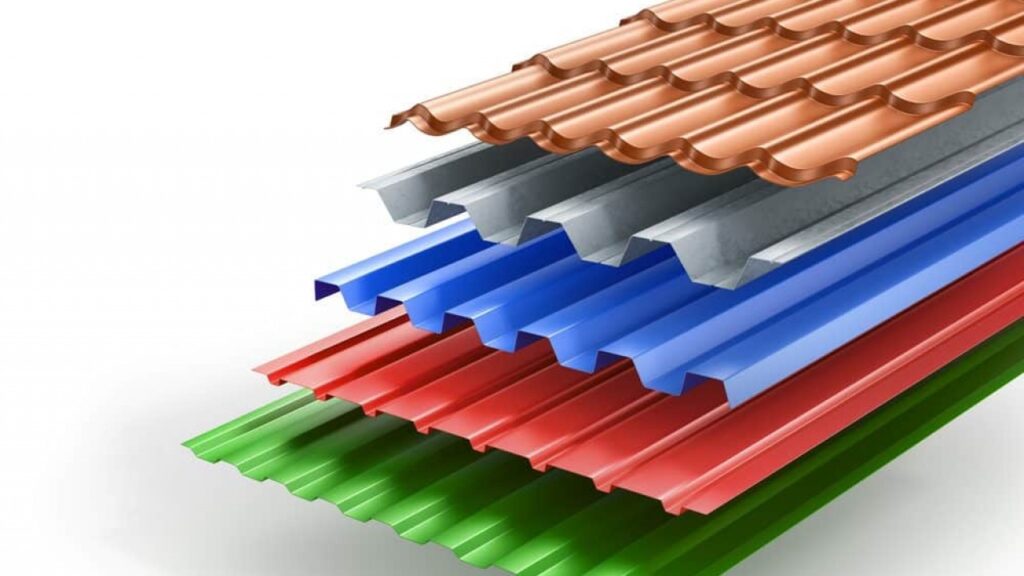

Choosing the Right Color for Longevity
The color of your roof not only impacts its aesthetics but also its longevity and energy efficiency. Let’s explore the factors to consider when selecting the right color for your roof.
Light vs Dark Roofs
Light-colored roofs, such as whites, pastels, or light grays, reflect more sunlight and heat, keeping the roof and the interior of the house cooler. This can help reduce the strain on the cooling system, resulting in energy savings. Dark-colored roofs, on the other hand, absorb more heat, which can contribute to higher cooling costs.
Energy Efficiency
Choosing a roof color that enhances energy efficiency can benefit both the environment and your energy bills. Cool roofs, which are designed to reflect more sunlight and absorb less heat, can help reduce the overall energy consumption of your home. Look for roofing materials with high solar reflectance and thermal emittance ratings for optimal energy efficiency.
Cooling Costs
In warmer climates, the color of your roof can significantly impact cooling costs. By choosing a lighter-colored roof, you can potentially reduce cooling costs by minimizing heat absorption into the house. This can be particularly beneficial in areas with long, hot summers.
Climate Considerations
Consider the climate you live in when selecting the color of your roof. If you reside in a hot climate, choosing a lighter-colored roof can help keep the house cooler. In cooler climates, a darker-colored roof might be more beneficial as it can help absorb heat and contribute to passive solar heating during the winter months.
Warranty and Durability
When selecting roofing materials, it’s important to consider the manufacturer’s warranty and the overall durability of the product. Let’s explore the significance of warranty and lifespan in ensuring the longevity of your roof.
Manufacturer’s Warranty
A comprehensive manufacturer’s warranty provides assurance that the roofing materials are of high quality and will withstand the test of time. Different manufacturers offer varying warranty terms, so it’s essential to review the warranty details to understand the coverage and any specific maintenance requirements.
Roof Lifespan
The estimated lifespan of the roofing materials is another important factor to consider. While warranties provide coverage within a specific timeframe, the actual longevity of the roof depends on various factors, including installation quality, maintenance, and environmental conditions. Choosing materials with a longer lifespan can help ensure your roof will last for many years to come.
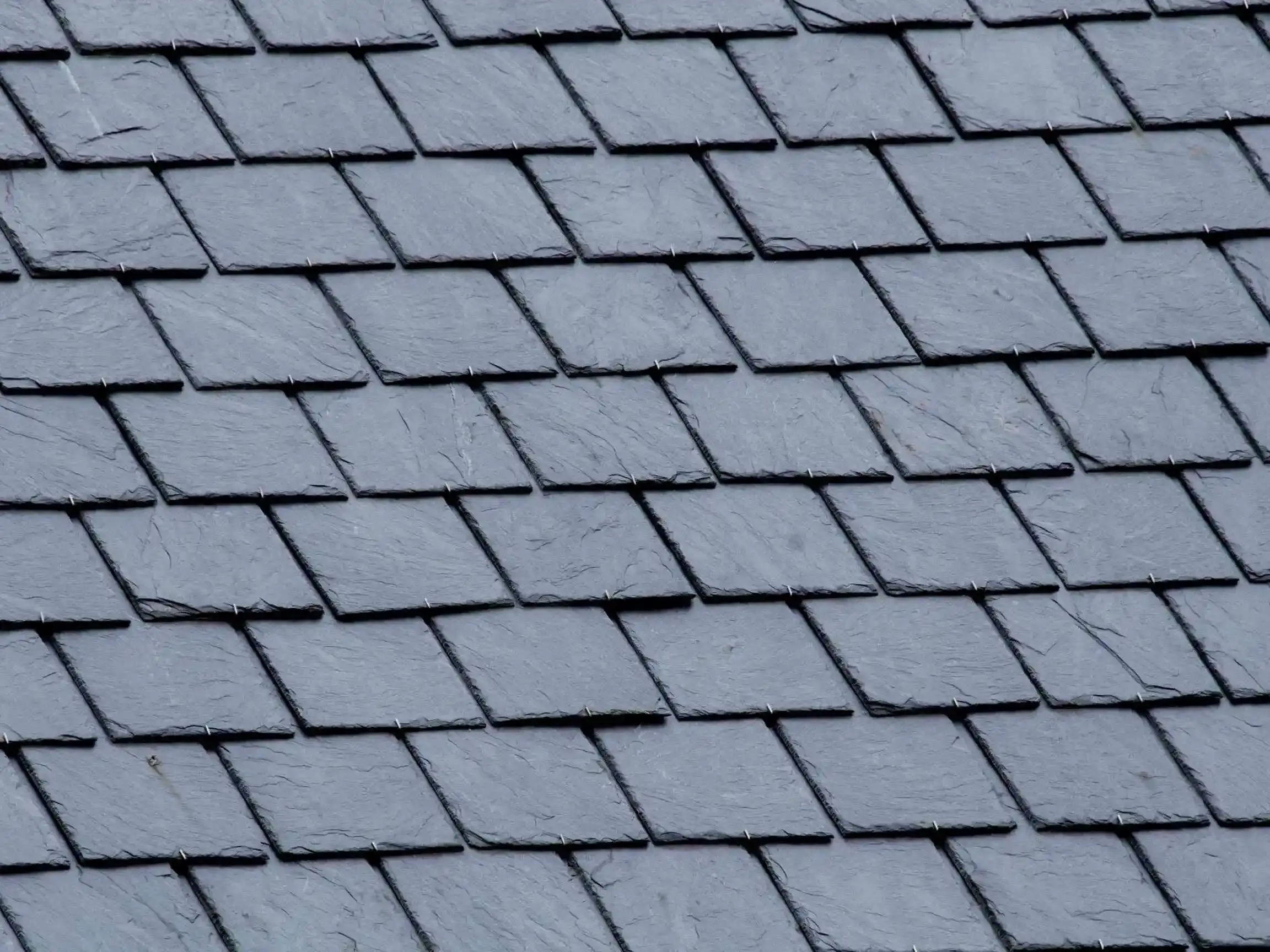

Cost Considerations
Cost is an essential factor to consider when it comes to roof longevity. While some materials may have a higher upfront cost, they might offer better durability and require less maintenance over time. Let’s explore some cost considerations to help you make an informed decision.
Material Costs
Different roofing materials vary in cost, with some being more affordable than others. However, it’s important to consider the lifespan and maintenance requirements of each material when assessing its overall cost-effectiveness. Investing in higher-quality materials with longer lifespans can save you money in the long run.
Installation Costs
The cost of installation can vary depending on the complexity of the roof design and the chosen materials. It’s essential to obtain multiple quotes from reputable roofing contractors to ensure you are getting a fair price. While it may be tempting to opt for the cheapest option, be cautious of potential compromises in quality.
Maintenance Costs
Regular maintenance is an ongoing cost to consider when assessing the longevity of your roof. Some materials may require more frequent inspections, cleanings, or repairs, resulting in higher maintenance costs. Understanding the maintenance requirements of different materials can help you budget accordingly.
Return on Investment
Consider the long-term return on investment when selecting roofing materials. While some options may have a higher upfront cost, they can offer better durability, energy efficiency, and potential savings on maintenance and energy bills. Assess the overall cost-effectiveness and value that different materials bring to your home.
Conclusion
When it comes to the longevity of your roof, various factors come into play. The choice of roofing material, the roof slope, climate, sun exposure, and regular maintenance all contribute to how long your roof will last. By considering these factors and making informed decisions, you can ensure that your roof will protect your home for many years to come. Remember to consult with roofing professionals and research reputable manufacturers to make the best choices for your specific needs.

